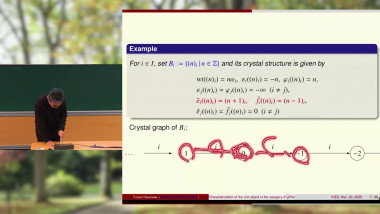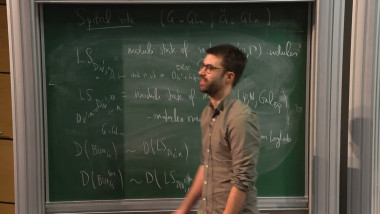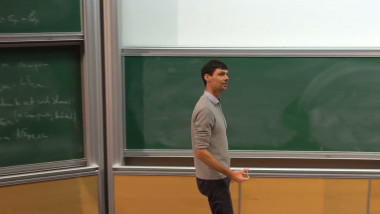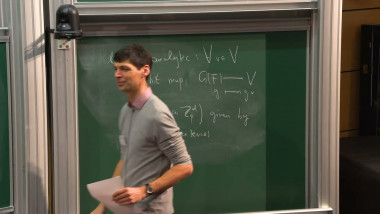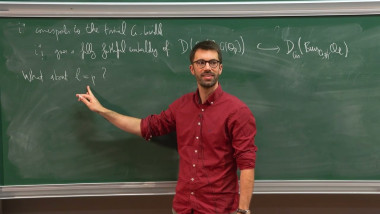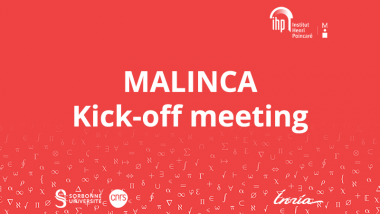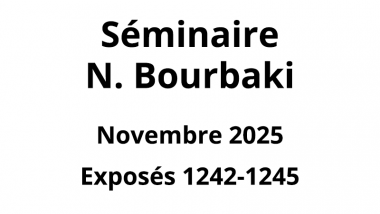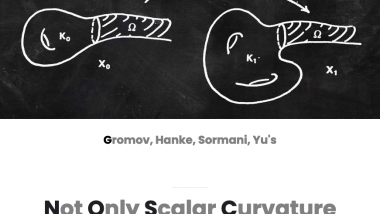Appears in collection : 2023 - T2 - WS1 - GAP XVIII: Homotopy algebras and higher structures
This work is an attempt to understand the maximal natural generality context for the Koenig-Kuelshammer-Ovsienko construction in the theory of quasi-hereditary algebras by putting it into a category-theoretic context. Given a field $k$ and a $k$-linear exact category $E$ with a chosen set of nonzero objects $F_i$ such that every object of $E$ is a finitely iterated extension of some $F_i$, we construct a coalgebra $C$ whose irreducible comodules $L_i$ are indexed by the same indexing set, and an exact functor from $C$-comod to $E$ taking $L_i$ to $F_i$ such that the spaces $Ext^n$ between $L_i$ in $C$-comod are the same as between $F_i$ in $E$ (for $n>0$). Thus the abelian category $C$-comod is obtained from the exact category $E$ by removing all the nontrivial homomorphisms between the chosen objects $F_i$ in $E$ while keeping the $Ext$ spaces unchanged. The removed homomorphisms are then repackaged into a semialgebra $S$ over $C$ such that the exact category $E$ can be recovered as the category of $S$-semimodules induced from finite-dimensional $C$-comodules. The construction used Koszul duality twice: one as absolute and once as relative Koszul duality.
